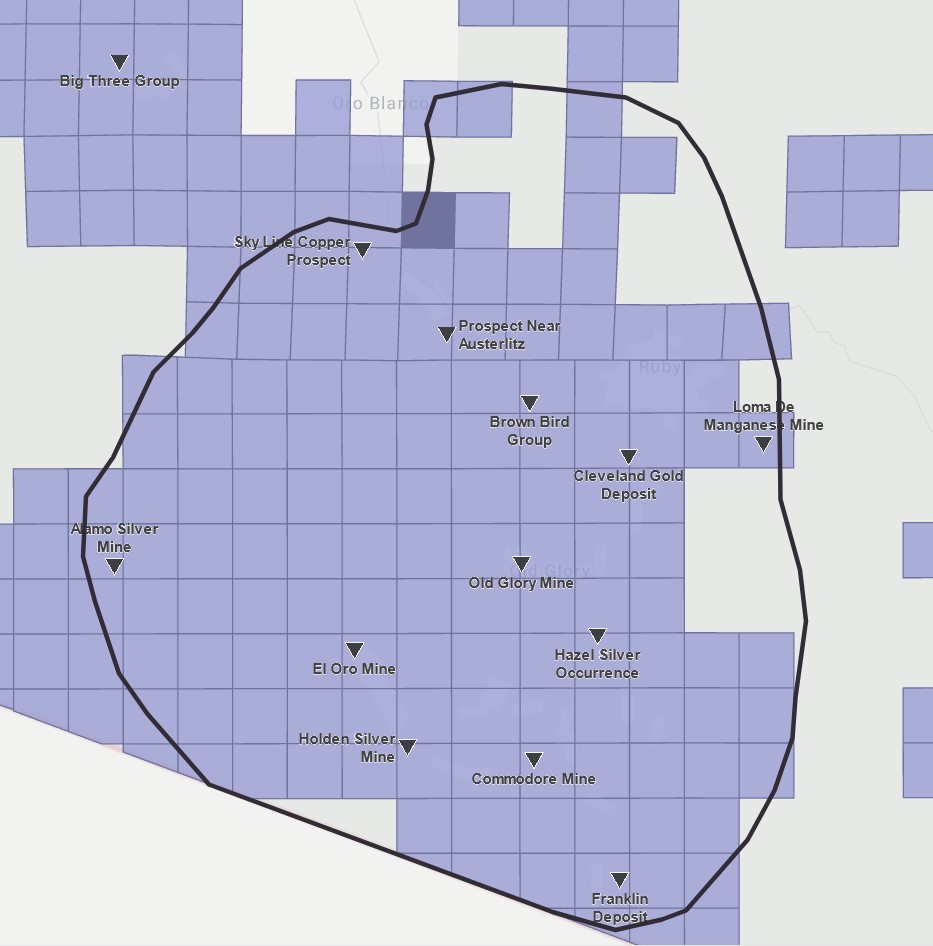
|
|||||||||||||||||||||||||||||||||||||||||||||||||||||||||||||||||||||||||||||||||||||||||||||||||||||||||||||||||||||||||||||||||||||||||||||||||||||||||||||||||||||||||||||||||||||||||||||||||||||||||||||||||||||||||
|
Mines Menu:
Mines Reports:
Mines Map
Use the links at the left to return.
|
|||||||||||||||||||||||||||||||||||||||||||||||||||||||||||||||||||||||||||||||||||||||||||||||||||||||||||||||||||||||||||||||||||||||||||||||||||||||||||||||||||||||||||||||||||||||||||||||||||||||||||||||||||||||||
Mine Descriptions |
|||||||||||||||||||||||||||||||||||||||||||||||||||||||||||||||||||||||||||||||||||||||||||||||||||||||||||||||||||||||||||||||||||||||||||||||||||||||||||||||||||||||||||||||||||||||||||||||||||||||||||||||||||||||||
Oro Blanco Mining District | |||||||||||||||||||||||||||||||||||||||||||||||||||||||||||||||||||||||||||||||||||||||||||||||||||||||||||||||||||||||||||||||||||||||||||||||||||||||||||||||||||||||||||||||||||||||||||||||||||||||||||||||||||||||||
|
aka Ruby District. This district is in Santa Cruz county.
[Ref. 2]
Location22 - 23S, 10 - 11E5 Mineral ProductsPb, Zn, Au, Ag, Cu, Mn-, U-5 Geology1. Irregular and lensing quartz veins with spotty, often oxidized, auriferous and argentiferous, base metal sulfides and pyrite in fracture fillings or as partial replacements along faults and at fault intersections. Strong supergene enrichment of gold and silver. Host rocks are altered Cretaceous conglomerate and sandy sediments or Jurassic volcanic tuffs with local disseminated pyrite. Most deposits limted in extent and depth. 2. Flat dipping and shallow zones of quartz veinlets and stringers, locally containing gold and silver values and very minor base metal sulfides, usually associated with strong pyritization. Host rock is strongly fractured, sericitized Jurassic tuff. 3. Steeply-dipping, tabular and lensing, brecciated shear zones containg fine grained native gold and silver associated with finely crystalized quartz and weak iron and manganese oxides in Jurassic volcanic tuff. 4. Small gold-silver placers in several stream beds, derived from the weathering of many small lode deposits. 5. Weak occurences of manganese oxides. 6. Weak uranium mineralization in fracture zones in volcanic tuff.6 Types of operation and productionOne major mining operation, the Montana mine, and many small, shallow operations and prospects throughout the district, some dating back to early Spaniards and Mexican work on the enriched surface outcrops. Estimated and recorded lode production of base and precious metals through 1972 would be some 909,000 tons of ore containing about 126 thousand ounces of gold, 4.6 million ounces of silver, 30.5 thousand tons of lead, 26.3 thousand tons of zinc, and 2.6 thousand tons of copper. Probably at least one thousand ounces of gold and two hundred ounces of silver has been recovered from placers. A small amount of manganese ore was shipped from one deposit. No uranium ore was shipped6.
| |||||||||||||||||||||||||||||||||||||||||||||||||||||||||||||||||||||||||||||||||||||||||||||||||||||||||||||||||||||||||||||||||||||||||||||||||||||||||||||||||||||||||||||||||||||||||||||||||||||||||||||||||||||||||
